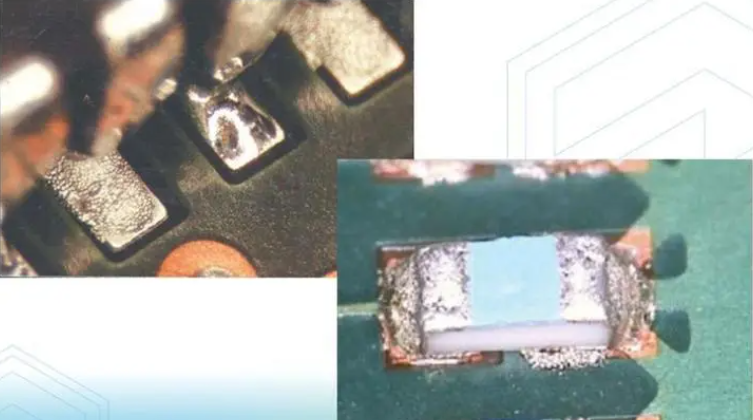What are the reasons for SMT cold welding?

The specific characteristics of cold soldering are two-fold. One is that the surface of the solder joint is uneven, rough, and granular. The other is that the surface of the solder joint is not glossy, and the component pins and solder pads are not completely fused. If the above two phenomena occur after soldering, it can be judged as cold soldering. Cold soldering weakens the strength of the solder joint and shortens its lifespan. If it is serious, it can cause the entire PCBA board to malfunction, causing great harm to the product quality.
The main reasons for cold soldering are: insufficient wetting temperature, external interference during solder cooling, and oxidation of solder pads or component pins. Insufficient wetting temperature refers to the electronic components and PCB circuit board not reaching the minimum required wetting temperature during soldering. In simple terms, it is caused by the soldering temperature being too low. Insufficient soldering temperature can cause metal powder particles in the solder paste to not completely melt, resulting in an uneven surface of the solder joint after soldering, causing cold soldering. In the actual soldering process, we can improve it by adjusting the temperature curve, time, and soldering speed.
External interference during solder cooling can also cause cold soldering. Reflow soldering has four temperature zones, and the cooling zone is the solder pad forming zone. In this temperature zone, the temperature gradually decreases, causing the liquid solder to cool and solidify into a solder joint. During this period, if the PCB board is subjected to external interference, such as conveyor belt vibration, the un-solidified solder joint will be impacted. After cooling is completed, the surface of the solder joint will be uneven, causing cold soldering. In the soldering process, we can improve it by identifying possible causes of external interference.
Oxidation of solder pads or component pins is also one of the main causes of cold soldering defects. During soldering, if the PCB solder pads or electronic components have oxidation or some oil pollution residue, it will cause the component pins and solder pads to not fuse, resulting in cold soldering. We can solve this problem by improving the storage environment of PCB circuit boards and electronic components, and cleaning the circuit boards and electronic components before soldering.

